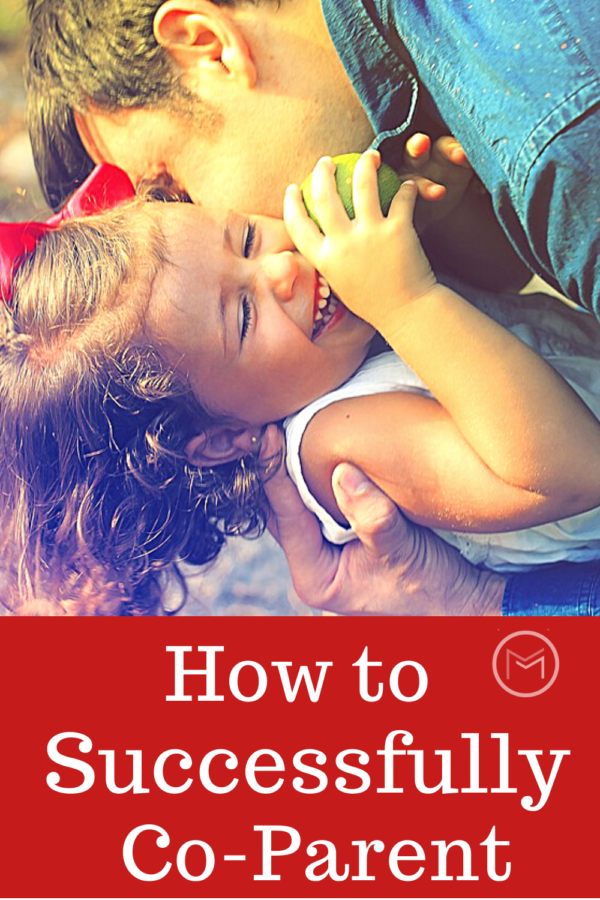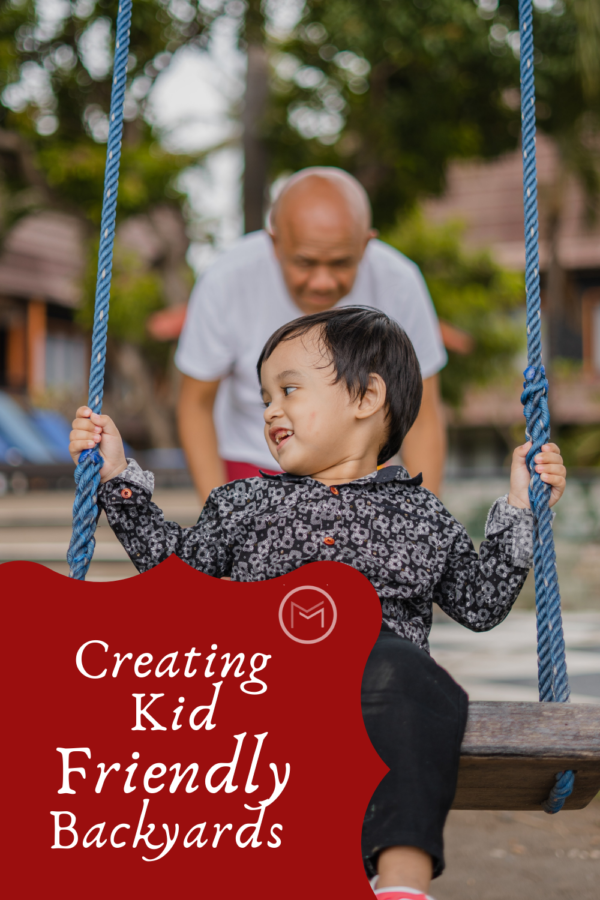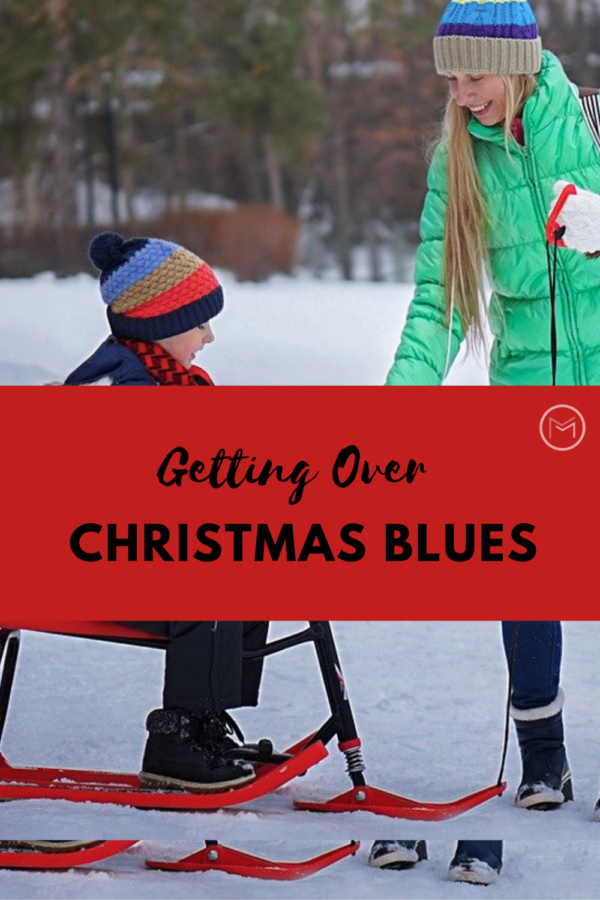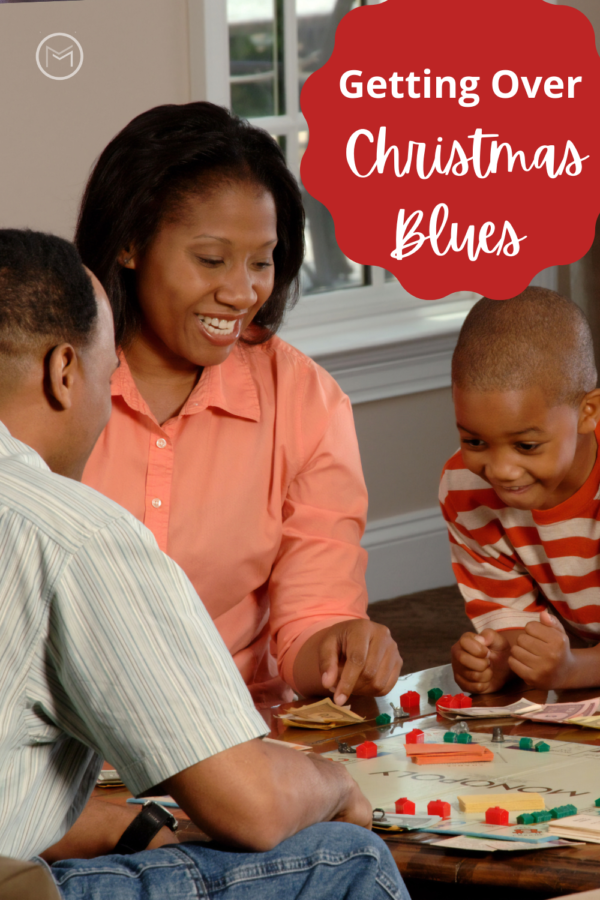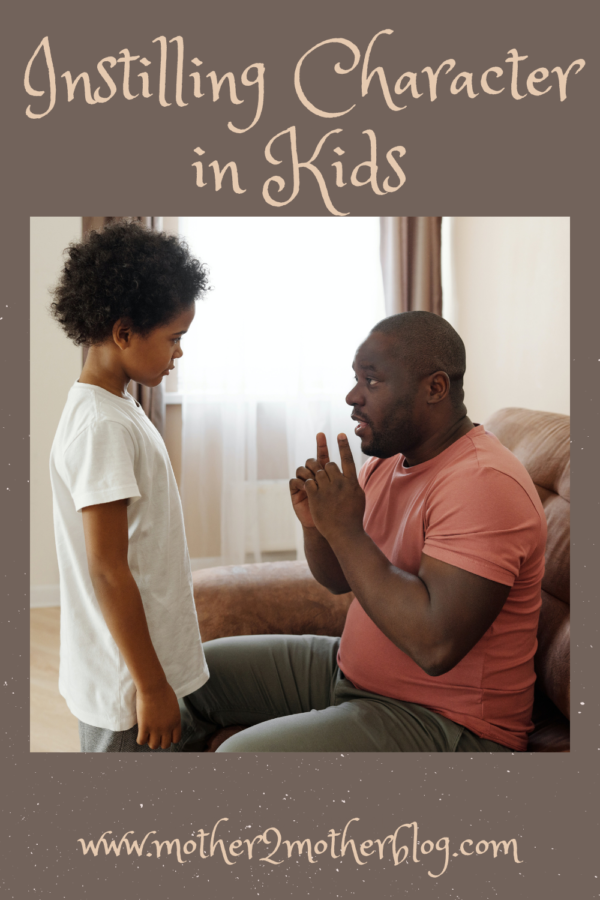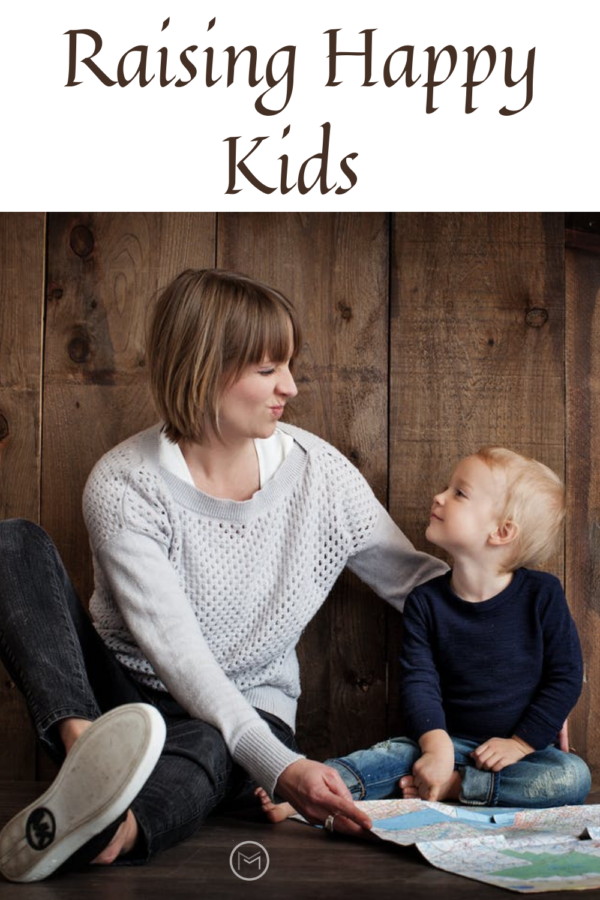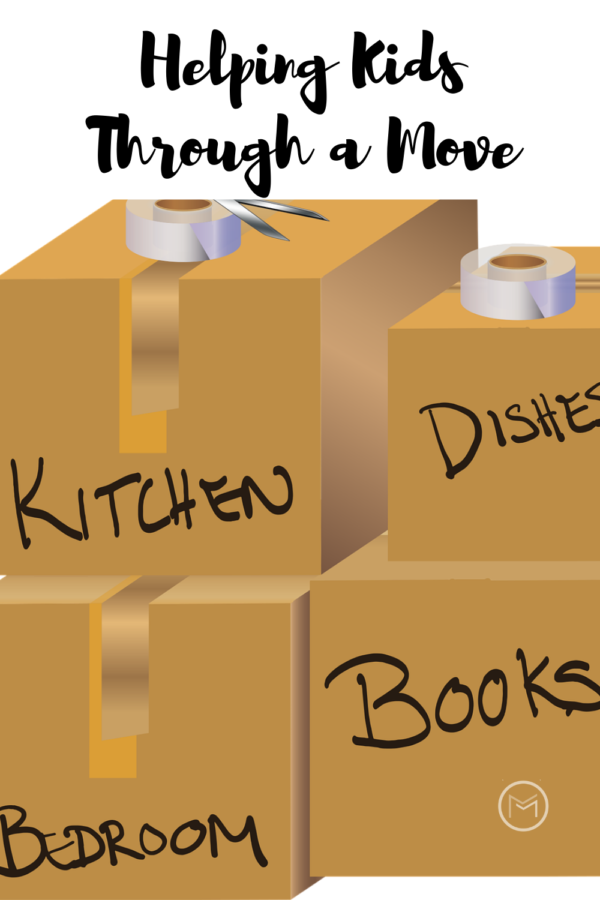Protecting kids from bullying is the parenting advice being shared today. Bullying is far from being a new phenomenon! However, modern technologies allow it to take various forms and become even more widespread. As a parent, you need to empower yourself and your kids and learn how to help them to protect themselves from bullying!
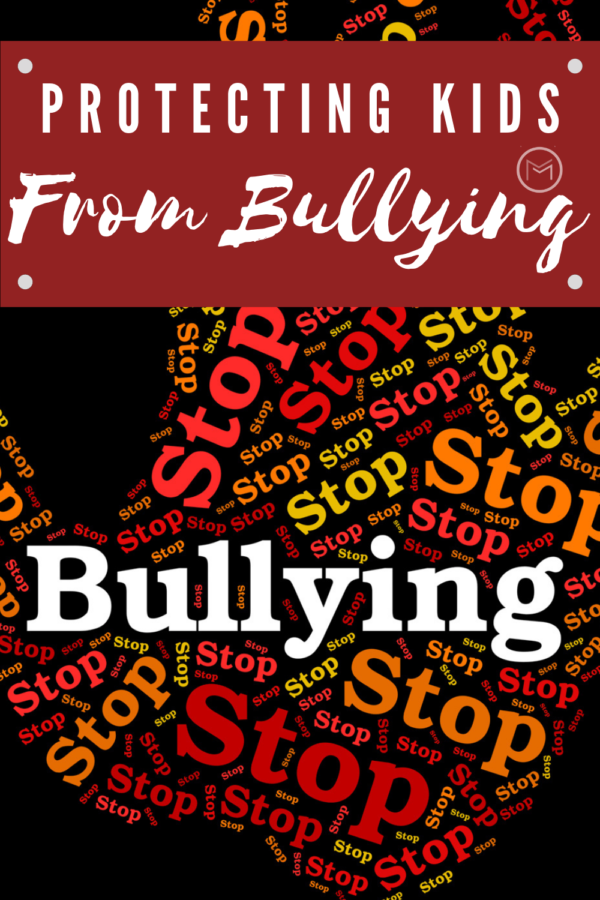
Several years ago, our nine-year-old daughter declared one Sunday evening that she is done with going to school! You can imagine our shock while we were asking her about reasons! She didn’t say anything; she kept insisting that school is not for her. We didn’t want to make a big fuss about it, thinking it is some children’s thing, and so we said “Okay, you don’t have to go to school tomorrow! But can we talk about it again?” “Not tomorrow”, she said, “I am never going to school again! I am done!” It was alarming indeed, but we still didn’t want to make her feel uncomfortable more than she already was, so we tucked her in and wished her a good night while reassuring her that she won’t go to school the next day.
We went back to the living room and said at the same time – “How did we miss it?!” Given that one of us is a psychologist, we thought there is no way we won’t notice if someone is messing with our kid. Nonetheless, it happened! The day after, we talked about bullying with Audrey, and explained that it has nothing to do with her discussing things we can do to protect her from bullying. We then realized that if we failed to recognize there is a problem, it must be even more challenging for other parents. Kids grow up so quickly, and for us, it is often hard to imagine that one moment our biggest worry is baby gear, and bullying in the next one. Hence, we decided to share our story but also some tips on how to prevent child bullying!
Protecting Kids from Bullying
Understand Bullying
When you understand bullying, it will be simpler to recognize it and know how to stop it. The thing that can be confusing is that we know that kids often tease each other. But there is an enormous difference between playful and friendly teasing that usually involves two sides and bullying. By definition, bullying is a form of physical or psychological violence that has three characteristics. It is always deliberate, repeated, and involves power imbalance (bully is older, stronger, male, richer, white, etc.). It has a lot of manifestations.
- Physical – pushing, pocking, pulling hair, punching, kicking, beating, etc.
- Verbal – shouting, intimidating, insulting, name-calling, etc.
- Relational – excluding, spreading rumors, getting others to hurt someone, etc.
- Cyberbullying –sending harmful content on Facebook, WhatsApp, and so on.
Recognize Signs of Bullying
If your kids experience bullying at school it isn’t very likely that they will immediately come to you. They often think that bullying is part of growing up, or that they should have been stronger and fought for themselves. They also might convince themselves that they shouldn’t be crybabies and make a big deal out of it. That is why you need to learn to recognize the signs of bullying.
Talk With the Kid
It is paramount to praise your kid when she or he tells you that they have been victims of bullying. It hasn’t been easy for them to come forth, and it is necessary to tell them how brave they are and that you are proud of them. Also, explain to them that bullying has nothing to do with them and that it is the violent kid who is causing the bullying. It will mean a lot for their confidence, which can be pretty shaken by bullying. Research about bullying and self-esteem shows that kids experiencing bullying at school have a lack of confidence.
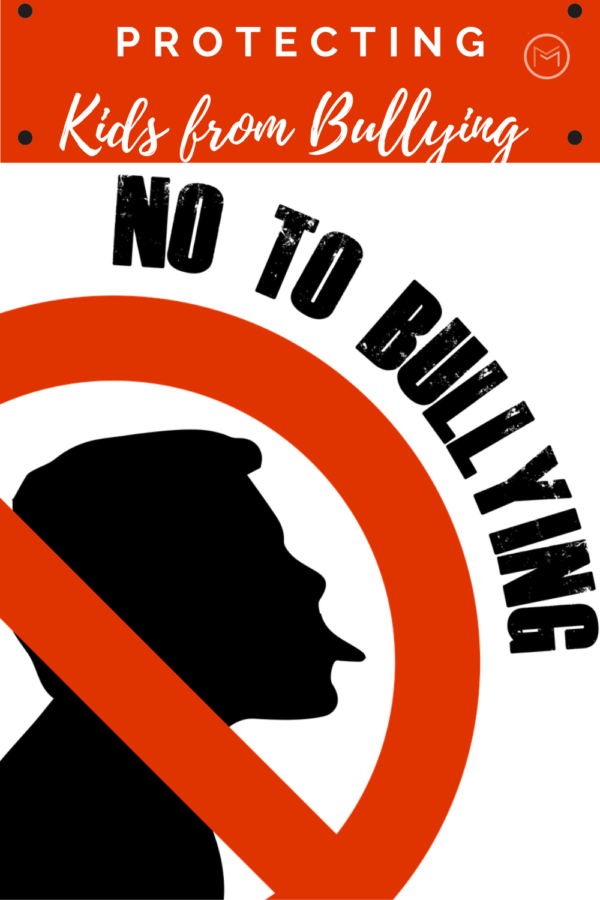
Contact the Teacher
Kids often don’t want you to do this because they are afraid of retribution. Talk with your kid and explain to her or him why this is important. Say that other kids in this situation are maybe not so brave but also need protection. Propose to talk with the teacher after school hours. If nothing of this works, you may have to do it without your child’s consent.
Final Word
Many people still today see bullying as an unfortunate byproduct of childhood! We don’t! We see it as a product of the violent, patriarchal society in which we live. The fact that something always existed doesn’t mean we need to tolerate it. Bullies do this because they want to exercise their power over those who they perceive as less powerful. The worst thing we can do is to turn a blind eye, whether it is happening to our or other kids that we know! Only by reacting, we can stop this! Have you ever suspected or had a kid tell you he or she is a victim of bullying?
I hope this post will give you some insight on protecting your kids from bullying. It’s real, and it happens everyday. You may also like: Signs of Bullying.
Author’s bio: Laura Casey is a blogger, mother, and housewife who shares her vast experience in parenting, motherhood, and pregnancy. Her articles have already helped a lot of people who deal with parenting. She draws inspiration from raising kids, Motherhood itself and blogging. One of the most useful blogs in her list is https://top-mom.com/ . Check it out!
